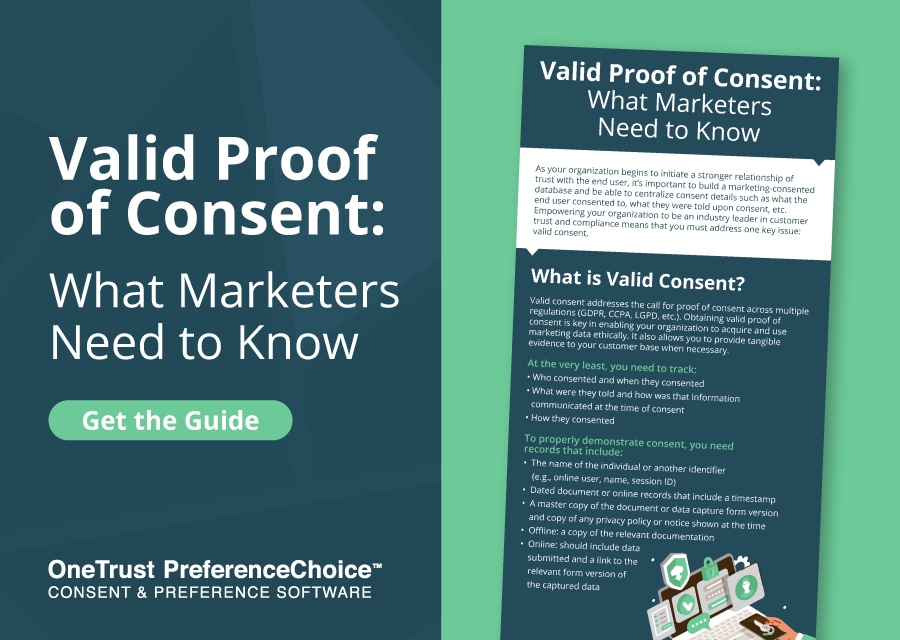By Harriet Durnford-Smith, CMO at Adverity
The Great Resignation is continuing to gain momentum with a raft of employees exiting the workplace. Nearly 41% of the global workforce are now considering switching jobs within the year and the marketing industry is amongst those leading the charge. A recent MarketerHire study concluded that an astonishing 60% of marketers felt compelled to change their job in 2021. With an exodus of top talent leaving, it has left not only a bitter taste but has also reduced morale, and caused plummeting productivity levels within most companies. This hasn’t been helped by the steadily increasing workloads too. It’s not all lost though, there are ways to bounce back…
Work Smarter, Not Harder
With such drastic numbers of vacancies, the Great Resignation is leaving those who stay in their roles hurt and burnt out. Other factors piling on the pressure and creating the perfect storm for marketers include reduced budgets and cost-cutting, and increased market uncertainty – and that’s not even half of it! Yet it’s not the time to despair. When we can no longer work harder, we must work smarter.
As a society, we are on the edge of commercial space exploration and the Artificial Intelligence (AI) revolution. Yet, Chief Marketing Officers (CMOs) still rely on gut feel to promote these 21st-century innovations as they are still relying on outdated marketing practices that prevent them from proving that their campaigns are working. All while facing unprecedented market and consumer behaviour changes spurred by the pandemic with increased homeworking and ongoing travel restrictions doing little other than dampening creativity.
New Adverity research shows 38% are not able to measure their campaigns’ Return on Investment (ROI). The findings speak to a worrying state of play, showing that large numbers of CMOs are flying blind when it comes to planning and delivering their campaigns – as they face the pressure of demonstrating the ROI.
As marketing spend continues to climb back to pre-pandemic levels, the ability to demonstrate the value of multi-million-dollar campaigns, especially around high spend fixtures in the retail calendar like Black Friday and the run-up to Christmas. The inability of marketers to demonstrate the value of campaign budgets to the business may not only hurt their ability to secure future budgets but could also impact the perception of their performance by the wider business. Coronavirus accelerated digital-first behaviours virtually overnight giving rise to new customer service expectations and the demand for increased personalisation at every level. Opportunity knocks for the savvy marketer who understands how target audiences are digesting and interacting with campaigns. This approach will be vital in working out if the campaign’s really delivering the umph needed.
Becoming Data-Driven
34% of CMOs don’t trust their marketing data. A number that rises to 41% among their data analyst colleagues—posing a new challenge for the C-suite charged with driving marketing results. This divide in trust only gets bigger the more senior you go, which should cause significant alarm for any business trying to make informed, strategic decisions and make trust the centrepiece of company culture.
One of the most likely causes of the distrust in marketing data and the number one challenge cited by both marketers and data analysts (42%) is the time being wasted on manually wrangling data. At the C-level, this jumps to 54%.
Modern marketing can’t afford to wait three weeks for someone to sift through a spreadsheet. By manually wrangling data, businesses not only open themselves up to human error and inefficiency but also commit themselves to a reactive strategy. Playing catch-up and firefighting doesn’t allow businesses to up their brand innovation and brand confidence game. Those who cannot keep up with the evolution or aren’t willing to embrace the new ways of working will ultimately be left behind. Moving away from manually wrangling data is the first step to becoming a data-driven business.
This trust divide between colleagues and time-wasted on data wrangling culminates to create the perfect storm of challenges confronting marketers. Is it any wonder then that the CMO tenure is now the shortest in history at barely over 25 months while that of CEOs continues to rise? Could this lack of reliable marketing data lead to the CMOs’ diminishing influence in the boardroom, or the ability to have the ear of the CEO/CFO whilst unable to prove marketing effectiveness?
Packing a Greater Punch in 2022
In 2022, companies will need to develop new strategies in order to analyse their marketing campaigns so they can react effectively to new trends. Finding ways to get to grips with the pain points of the Great Resignation and ways to reinspire and re-engage marketeers is going to be essential for progress.
Efficient and detailed reporting is a key target for any company in the new year. Adverity’s research shows that respondents who already have strong campaign reporting are three times more likely to be strong at audience-building and targeting and delivering personalized content and customer experiences.
Quality campaign reporting methods help to increase customer satisfaction and those who have it are also three times more likely to re-invest in its vis-a-vis businesses that said they still need to improve. The divide between those who are garnering greater insights from their reports and those who are not is only widening.
For data analysts, the work needs to avoid overwhelming them with the always-on ‘urgent’ manual and, ultimately, soul-destroying data wrangling. This shows that navigating the Great Resignation is a top priority in 2022.
Modern day marketers are now more data savvy than ever before and they want to use the latest tools that are vibrant and exciting, and not work on laborious, outdated systems. Marketeers are always aspiring for perfection and continue to make consumers the centerpiece of their company’s universe. Making sure data analysts and marketers can show the value of what they are doing for their work is key and they need to be provided with the correct tools to do so. Making sure the marketing data is under control is a first step to rebuilding marketing teams in the new normal.
The new research is available in full here: https://www.adverity.com/marketing-analytics-state-of-play-2022-challenges-priorities










